Hey girl! This post may contain affiliate links. This means that if you make a purchase through one of them, I will receive a small commission. At no extra cost to you! This helps me to keep my site free and running. I am so incredibly grateful for your support. For more info, check out my Privacy Policy.
Raise your hand if you know that traveling can get expensive sometimes. You spend months saving your coins to take a nice trip and in the blink of an eye, the money is gone. Usually, the two major culprits are accommodation and airfare. Some of these airline price tags are out here flaunting so many zeros, you’d swear their flights come equipped with crystal silverware and Oprah popping out saying “You get a car, and you get a car, and you get a car.” As an avid traveler, even I am guilty of disregarding entire destinations simply due to the astronomical price of the plane ticket. Like, “Nope, I don’t need to go to Hippopotamus Town. Not today.”
But for all my fellow penny-pinching gals, there is luck. Enter: The Budget Airline. I’ll go ahead and admit it now: I’m a sucker for cheap flights. I love organizing trips around the low-low price of a budget airline ticket. If you’re willing to put aside a bit of comfort, you can go far with low-cost carriers. *Insert cheesy drum roll: Ba-dum-tss!*
But all jokes aside, budget airlines are my number one way to fly when saving money is my priority—especially as a solo traveler. So much so, that when I manage to snag a cheap ticket from a traditional full-cost airline I have to tell myself “be humble now girl, don’t get too fancy.” Budget airlines often have the reputation of being a scam or unsafe but I’m here to break it down. If you’re looking for the who’s who and the what’s what regarding budget airlines, you’ve come to the right place.

Hey Lady! Looking for more information on flying with budget airlines? Here’s a post you might be interested in:
- The Beginner’s Guide to Finding Cheap Flights
- Flying with Ryanair: What You Ought to Know About Ryanair
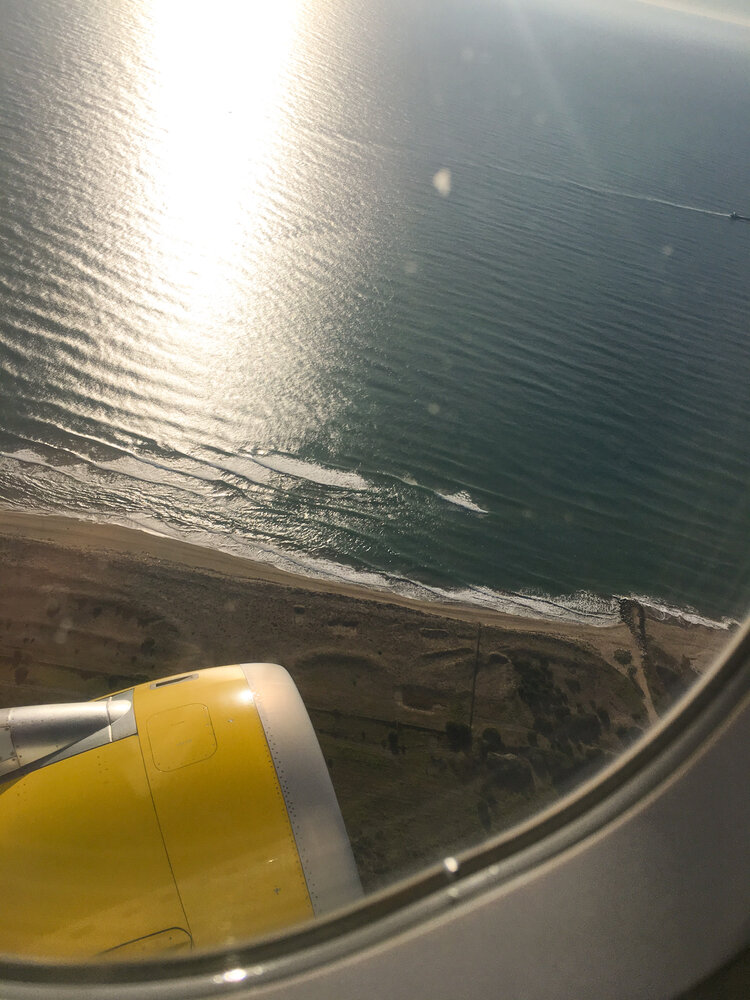
Table of Contents
What are Budget Airlines?
So what exactly are budget airlines? They’re low-cost carriers that offer fares at cheaper rates. Sometimes as cheap as $50 in the US and €20 or less in Europe. They’re able to keep their costs low by doing things a little differently in comparison to their full-service counterparts. For example, they may not provide in-flight meals and refreshments. Some of them take away seat allocations and jetways. And others fly into smaller airports and have strict or no-refund policies.
The History of Low-Cost Carriers
The concept of discount carriers began in the 70s with one of my personal favorite airlines: Southwest Airlines. They wanted to offer customers a cheaper option for flying between cities in Texas. The flight attendants would wear hot pants and serve up cocktails and peanuts like a Hooters in the sky. As they expanded, other airlines jumped on the bandwagon and replicated the concept.
Tony Ryan (the creator of Ryanair) even traveled to Texas to see how Southwest pulled off low, no-frills travel so flawlessly. He left inspired and went home to rejuvenate his dying airline. He later brought the low budget concept to Europe in the early 90s and EasyJet quickly followed suit in 95.
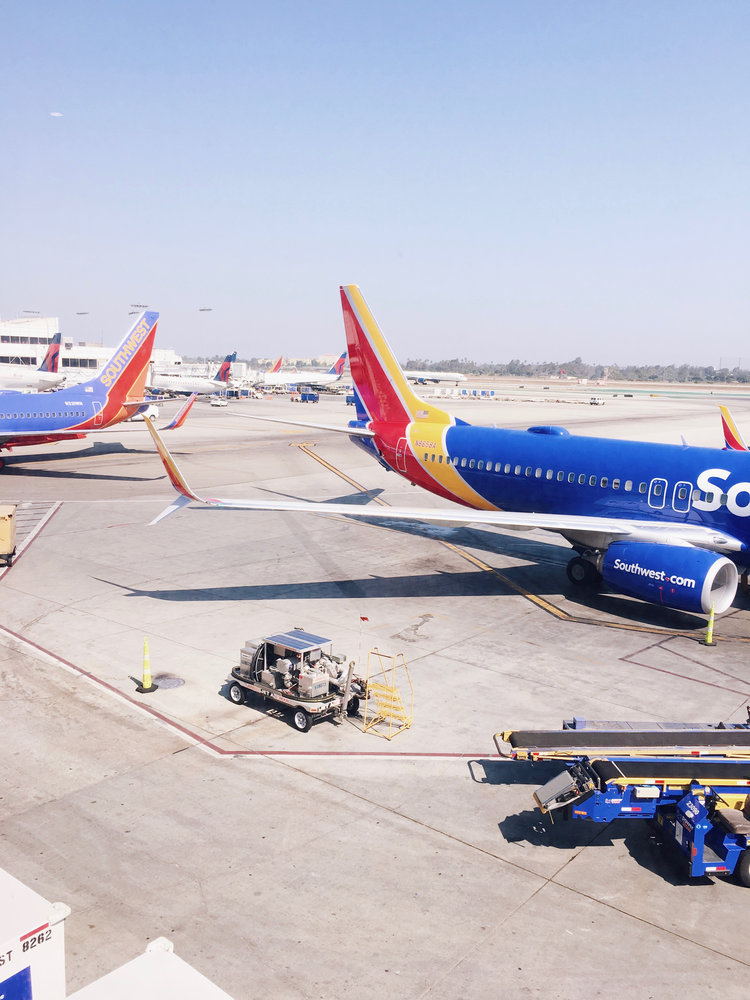
The Best Budget Airlines USA
- JetBlue Airways
- Southwest Airlines
- Spirit Airlines
- Virgin America Airlines
The Best Budget Airlines in Europe
- Aer Lingus
- EasyJet
- Norwegian Air
- Ryanair
- Vueling Airlines
- WOW Airline
How do Low-Cost Carriers Work?
Budget airlines work by stripping away what’s expensive about flying, like passenger luxuries and operating expenses. For example, some budget airlines only fly one type of plane and have those planes in mass and heavy rotation. It’s like going to Costco and stocking up on your favorite brand of toilet paper. For instance, Southwest and Ryanair have fleets of the Boeing 737s and Easyjet use A320s. Because flight crews only use those specific aircraft, it’s cheaper for the airline to operate and train their staff.
When it comes to directing air traffic, most major airlines use a model called hub-and-spoke but budget airlines use a model called point-to-point. The hub-and-spoke model works with connections around an airline’s hub.
Let’s use Delta Airlines as an example. Delta’s hub is in Atlanta at Hartsfield-Jackson Atlanta International Airport. Let’s say you live in Austin, Texas and want to go to Nashville, Tennessee and you’re flying with Delta. They will most likely give you a layover at their hub in Atlanta on your way to Nashville. This will take you from Austin to Atlanta and then Atlanta to Nashville. The Austin to Atlanta flight and the Atlanta to Nashville flight are called spokes. These are routes that take you to and from the hub. By using this model, airlines claim they are able to offer passengers more flights. Plus they also pick up more passengers along the way resulting in fewer empty seats.
On the contrary, the point-to-point model seeks to reduce connecting flights which in turn cuts the cost of ground crews, gate fees, ticketing fees, etc. Let’s go back to our example with Delta. It would be like Delta flying you directly from Austin to Nashville without stopping in Atlanta first. This model decreases travel time and allows the airline to remove its airport dependencies.
You’ll even find that some low-cost carriers like JetBlue use a combination of both models. There are tons of other behind-the-scenes ways that budget airlines operate to bring us cheap flights. To make sure you’re prepared, check out the list below of the five most common things to expect when traveling with discount carries.
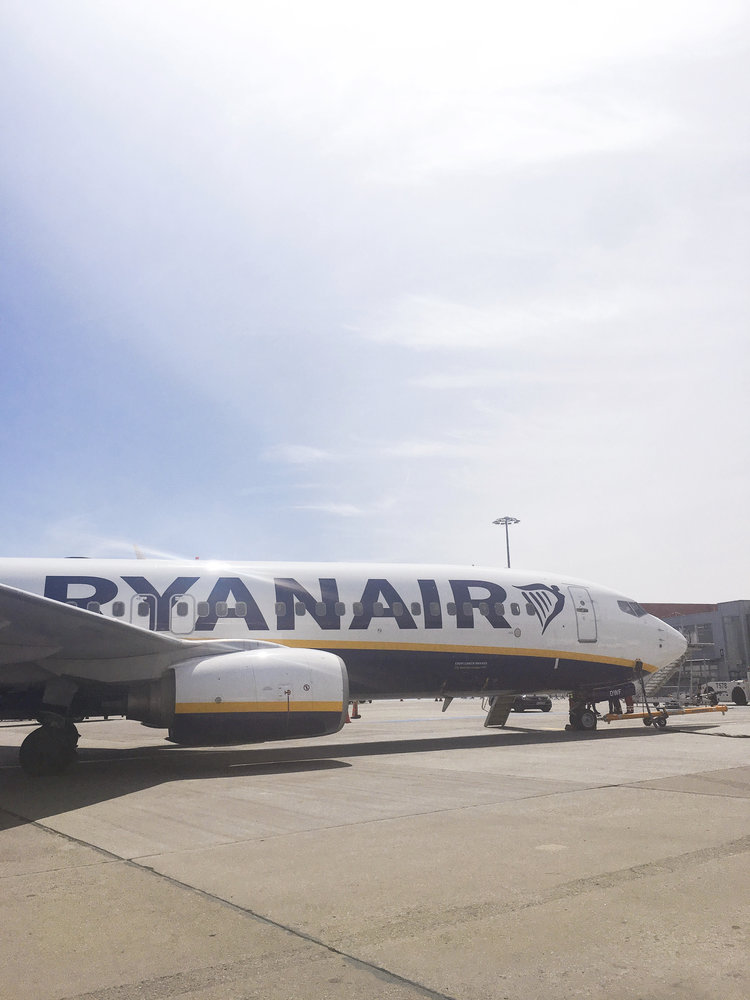
Common Things to Expect When Traveling with Budget Airlines
1. Budget Airlines Have Lots of Fees
The first rule of budget airlines is: Make no assumptions. One of the ways budget airlines make a profit is through fees. They can be anything from cancellation fees to infant fees (yup, gotta pay for that baby) to baggage fees.
When flying with full-service airlines, it’s common to have expectations like free online check-ins, choice of seating, and free snacks on board. But with budget airlines, it’s best to assume that you’re gonna have to pay for EVERYTHING unless otherwise stated. And I do mean everything. Some low-cost airlines, like Ryanair, have non-refundable tickets and small check-in windows. So, if you miss the allotted time to check in for your flight you’ll then have to pay to check in.
Other budget airlines, like Vueling for example, will charge you to choose a seat. They even try tactics like making it difficult for you to check in online without paying for a seat. To avoid getting caught by these charges make sure to CHECK EVERYTHING and again, make no assumptions. Before booking, read the fine print and make sure you know what you’re signing up for by reading all the rules and procedures
2. Budget Airlines Have Strict Baggage Policies
Budget Airlines like to charge an arm and a leg for extra baggage and checked bags. But an important note when flying with these low-cost carriers is that they set their own rules. When it comes to luggage, each airline has its own set of weight restrictions and rules.
For example, Southwest is extremely generous, offering two free checked bags and a 10x16x24 inch carry-on with virtually no weight limit. On the other hand, Norwegian Airlines allows for one carry-on bag and one personal item with a 10kg ( 22lbs) combined weight…and trust me, they will weigh it.
Y’know those wired contraptions that you usually see by the check-in gate? The cage-like looking ones with some ominous warning like “Your luggage must fit in here.”? Well, budget airlines actually use those things and they WILL give you the side-eye and make you check your bag if it doesn’t comply with their limits.
3. Budget Airlines Often Use Alternative Airports
We’ve all familiarized ourselves with the major airports in our cities and around the world but some budget airlines, particularly in Europe, fly into secondary airports rather than the major airport. If you’re flying into London with Ryanair you won’t be flying into Heathrow. Instead, you’d be flying into either Gatwick, Luton, Southend, or Stansted airport.
If you’re flying to New York using Norwegian Airlines, in addition to flying into JFK, your arrival airports could be Stewart International Airport or Jersey’s Newark Airport. Flying into alternative airports is usually not a problem, but they are oftentimes smaller and further away from the main city and is another thing to keep in mind when traveling with budget airlines.
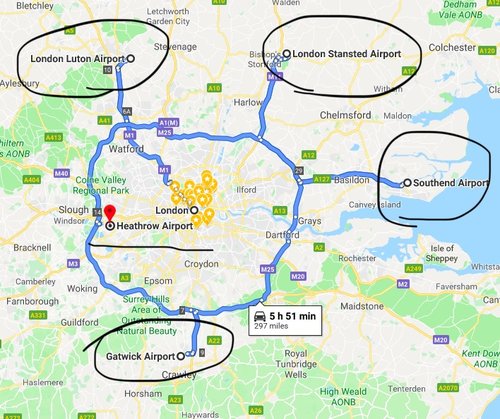
Pro Tip: Be Aware of Alternative Airports: London’s Heathrow Airport is the hub and the major airport in the city. Most budget airlines will fly into the surrounding airports. You can get to the city center from all of them by using either the Tube or the Rail. Make sure you know the arrival and departure airports your airline is using in order to plan accordingly.
4. Budget Airlines Lack Comfort
Budget airlines promise one thing and one thing only: A cheap way to get to your destination. What they don’t promise is to get there in style, comfort, or class. They’re called “no frills” for a reason. With the exception of a few, most budget airlines’ interiors are quite basic and simple. Luxuries like entertainment and snacks are only offered at a price. And it doesn’t stop there. Legroom is tight and some seatbacks don’t even recline. If you’re not going far it’s usually an easy ride. But if you’ll be traveling for a while you may want to cough up a few extra bucks to make the flight more enjoyable for yourself. Check out my tips below to help you get through a budget airline flight.
5. Budget Airlines Charge for Meals and Snacks
Remember the days when you would get a complimentary meal on a domestic flight? Well not only are those days long gone, but some budget airlines also take it a step further and charge you for beverages and food on the flight. Most low-cost carriers in the United States like Southwest Airlines and JetBlue still offer complimentary snacks and non-alcoholic beverages along with additional snacks for purchase. However, low-cost airlines in Europe are a different story. Most of them charge for snacks and drinks and what’s worse is that they are marked up and can be up to triple the price of any major European supermarket. I would advise eating before your flight or packing your own snacks.
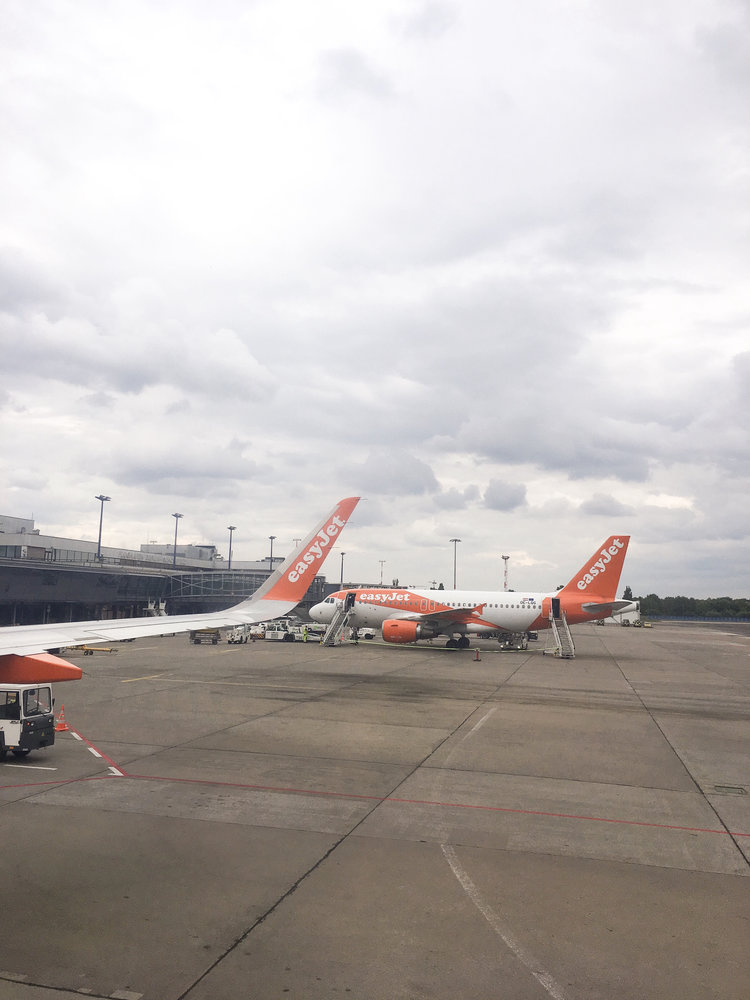
My Tips for Traveling with Low-Cost Carriers
Although I’m a sucker for a cheap flight and I do most of my traveling with budget airlines, I’ll be the first to say that even though you can get cheap flights through them, they are designed to nickel and dime you. To avoid getting ripped off and sucker-punched with fees and extra charges, below are my tips for traveling with budget airlines.
1. Always Read the Rules, Regulations, and Fine Print of the Airline Before You Purchase and Fly
A Norwegian Air counter agent once had to pry $75 out of my cold, stiff hands because I hadn’t read the fine print carefully. The 10kg weight limit for carry-on bags and personal items were COMBINED. Don’t make the same mistake I did friends, always read the rules. This includes double-checking the measurements and weight limits of your luggage. One thing I never travel without is my portable travel weight.
2. Check in Online
Make sure you know the window for check-in and try to do it online. Always print your boarding pass at home or better yet, download the app. Most airlines now have mobile apps that make it easy to check in and download your digital boarding pass. However, make sure to double-check the airport because some airports do not allow mobile boarding passes.
3. Bring Your Own Meals or Snacks
With in-flight snacks and meals as expensive as they are, put together a couple of your favorite snacks or easy meals and bring them with you. Some of my favorite easy meals to bring are sandwiches, wraps, and salads. My favorite snacks are bars, seeds, dips (like hummus), and chips. Try to avoid bringing smelly or saucy foods.
4. Bring Your Own Entertainment
Got a book you’ve been wanting to read or an old magazine that’s been collecting dust? Read them on the plane. I like to organize a variety of different entertainment options when I fly. This can include catching up on my reading to taking care of some much-needed life admin.
Don’t forget to share this post with your friends! Drop a comment below and let me know if you’ve ever flown with budget airlines. Until next time!
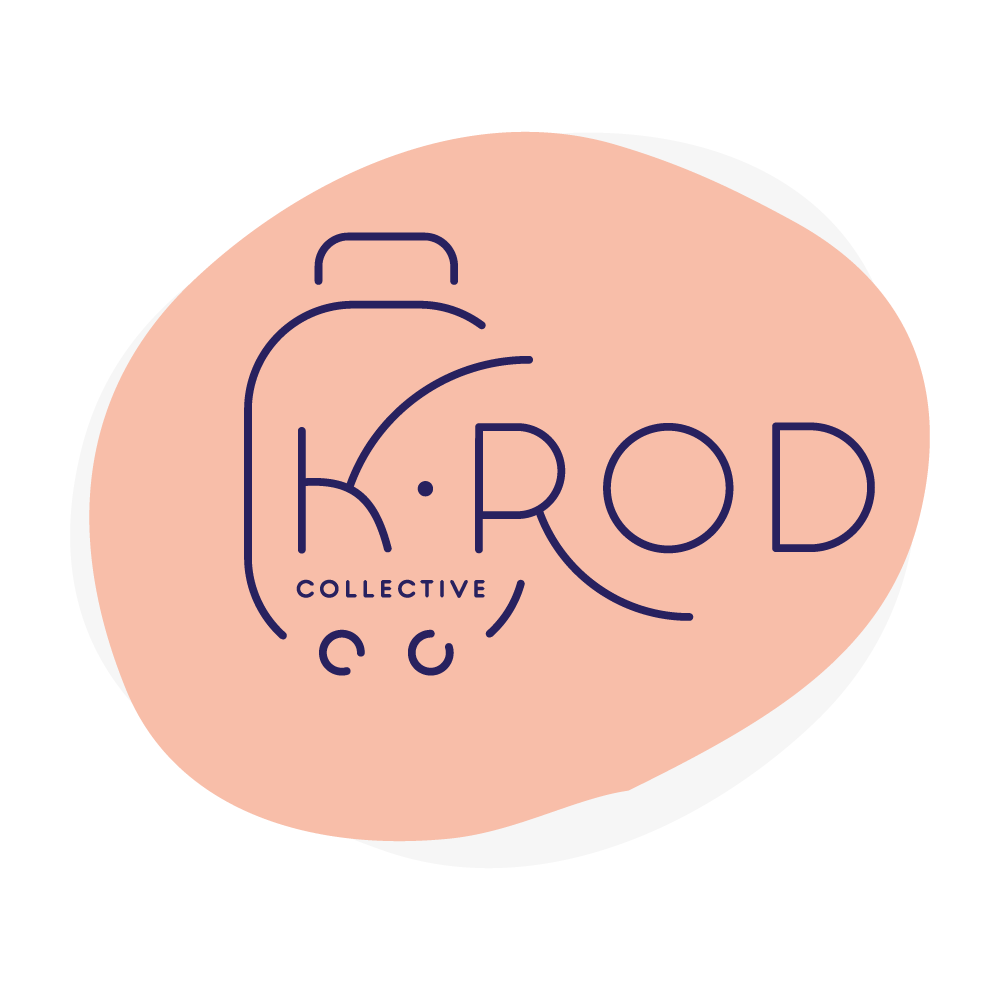
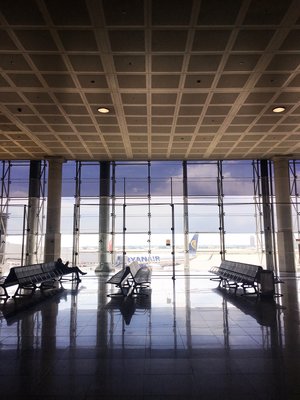
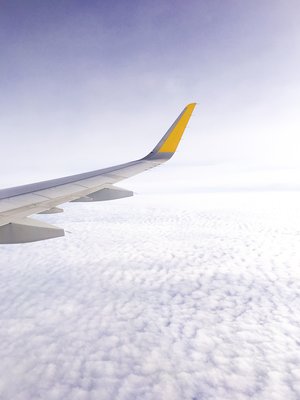
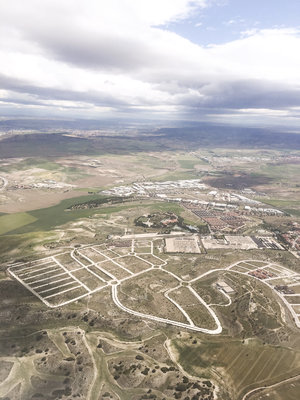
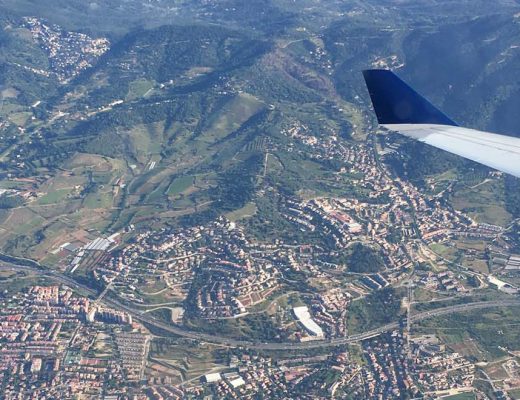


No Comments